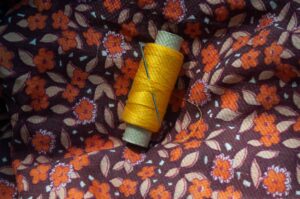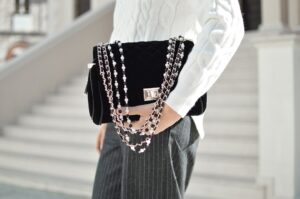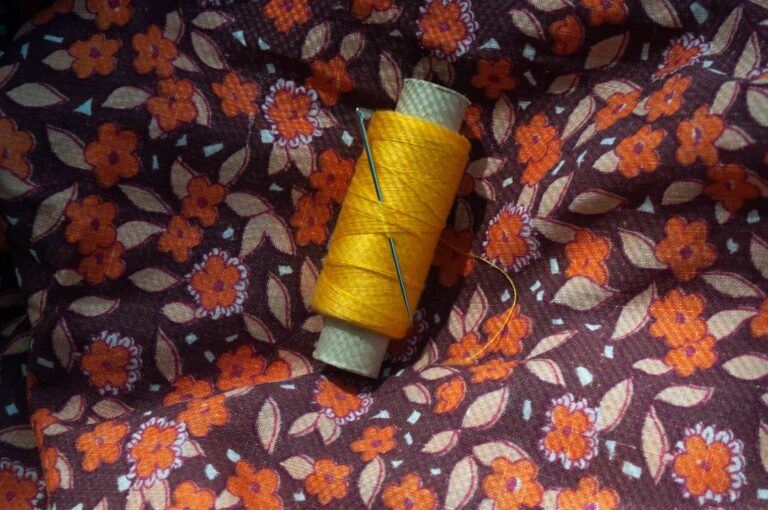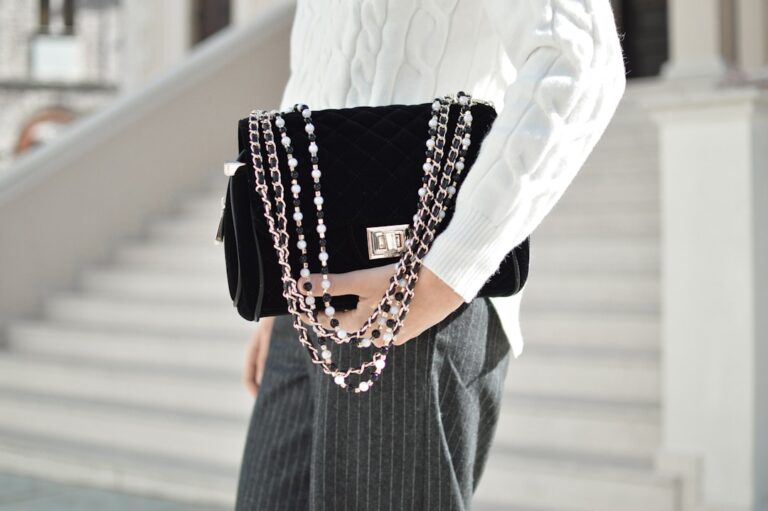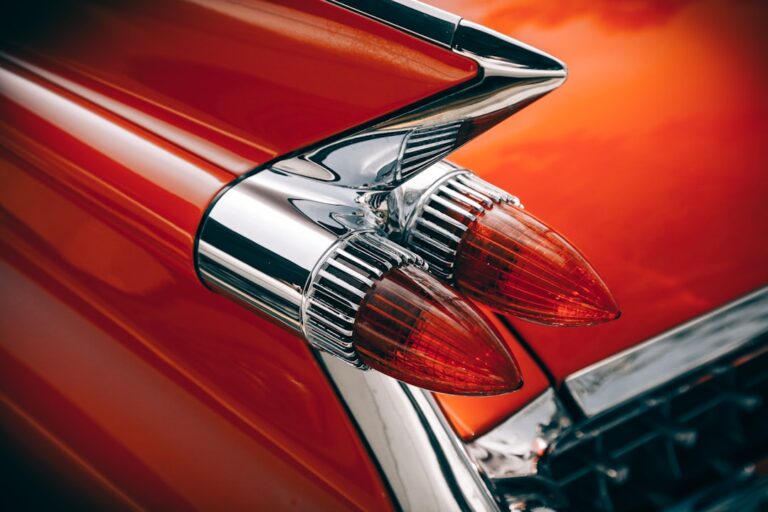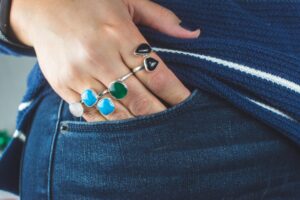The fashion landscape of the 1980s has left an indelible mark on contemporary styles, with its bold colors, exaggerated silhouettes, and eclectic mix of influences. Today, many designers and fashion enthusiasts draw inspiration from the vibrant aesthetics of the 80s, reinterpreting them for a new generation. The resurgence of high-waisted jeans, oversized blazers, and neon hues in modern wardrobes can be traced back to this iconic decade.
Social media platforms like Instagram and TikTok have further accelerated this revival, allowing users to share their interpretations of 80s fashion with a global audience. The influence is not merely superficial; it reflects a deeper cultural appreciation for the audacity and creativity that characterized the era. Moreover, the 80s were a time of significant social change, and fashion was a powerful means of self-expression.
The boldness of 80s fashion resonates with today’s youth, who often seek to challenge norms and express their individuality through their clothing choices. The layering of textures, the mixing of patterns, and the embrace of vibrant colors are all elements that have found their way back into modern wardrobes. As we navigate a world increasingly defined by digital interactions, the tactile and visually striking nature of 80s fashion offers a refreshing contrast, encouraging people to embrace their unique identities through their style choices.
Key Takeaways
- 80s fashion continues to influence modern trends, from bold colors and oversized silhouettes to statement accessories and power dressing.
- Iconic 80s fashion trends like shoulder pads, neon colors, and leg warmers have made a comeback in recent years, proving the lasting impact of the era on fashion.
- Music and pop culture played a significant role in shaping 80s fashion, with artists like Madonna and Michael Jackson influencing trends with their bold and daring styles.
- The 80s saw the rise of designer labels and high fashion, with brands like Versace and Chanel becoming synonymous with the glamorous and opulent aesthetic of the decade.
- 80s fashion had a significant impact on gender and sexuality, with androgynous styles and power dressing challenging traditional gender norms and stereotypes.
Iconic 80s Fashion Trends and Styles
Casual Wear Takes Center Stage
Another hallmark of 80s fashion was the popularity of casual wear, particularly the rise of denim. Acid-wash jeans, often paired with oversized graphic tees or cropped sweatshirts, became synonymous with youth culture. Brands like Levi’s and Guess capitalized on this trend, creating styles that appealed to a generation eager to express their individuality.
Accessories Complete the Look
Accessories also played a crucial role in defining 80s fashion; chunky jewelry, leg warmers, and scrunchies became essential elements of everyday outfits. The eclectic mix of styles—from punk to preppy—allowed individuals to curate their looks based on personal taste rather than strict adherence to fashion rules.
The Role of Music and Pop Culture in Shaping 80s Fashion
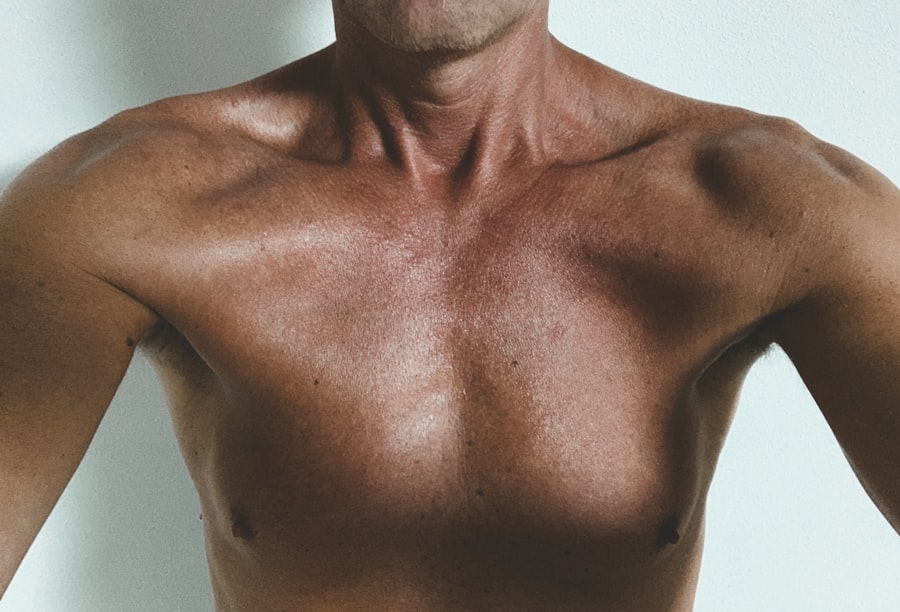
Music was a driving force behind the fashion trends of the 1980s, with genres like punk, new wave, and hip-hop influencing styles across the board. Artists such as Madonna and Prince not only dominated the charts but also became style icons whose looks were emulated by fans worldwide. Madonna’s ever-evolving style—characterized by lace gloves, layered necklaces, and voluminous skirts—encouraged young women to experiment with their appearance and embrace a sense of rebellion.
Her influence extended beyond music; she became a cultural phenomenon whose fashion choices were scrutinized and celebrated. The emergence of music videos as a prominent medium also played a significant role in shaping 80s fashion. MTV launched in 1981, revolutionizing how artists presented themselves visually.
Iconic videos like Michael Jackson’s “Thriller” and Cyndi Lauper’s “Girls Just Want to Have Fun” showcased not only groundbreaking music but also unforgettable fashion moments. These visuals inspired fans to adopt similar styles, leading to a cultural exchange where music and fashion became intertwined. The impact of pop culture on fashion during this era was profound; it created a dynamic environment where trends could spread rapidly and evolve in real-time.
The Rise of Designer Labels and High Fashion in the 80s
| Decade | 1980s |
|---|---|
| Popular Designer Labels | Calvin Klein, Ralph Lauren, Giorgio Armani, Christian Dior |
| High Fashion Trends | Power suits, shoulder pads, bold colors, oversized accessories |
| Celebrity Influence | Madonna, Princess Diana, Michael Jackson |
| Impact on Culture | Rise of consumerism, emphasis on luxury and status symbols |
The 1980s marked a significant turning point for designer labels and high fashion, as luxury brands began to gain prominence on a global scale. Designers like Gianni Versace, Jean-Paul Gaultier, and Thierry Mugler pushed boundaries with their daring designs that celebrated extravagance and opulence. Versace’s bold prints and sensual silhouettes epitomized the excess of the decade, while Gaultier’s avant-garde approach challenged traditional notions of gender in fashion.
This era saw high fashion becoming more accessible to the masses through collaborations with mainstream retailers and increased visibility in popular media. The rise of supermodels during this time also contributed to the allure of designer labels. Figures like Naomi Campbell, Cindy Crawford, and Linda Evangelista became household names, embodying the glamour associated with high fashion.
Their presence on runways and magazine covers elevated designer brands to new heights, creating an aspirational quality that resonated with consumers. The phenomenon of “model as celebrity” blurred the lines between fashion and entertainment, leading to an increased demand for designer pieces among everyday shoppers who sought to emulate the looks they admired in magazines and on television.
The Impact of 80s Fashion on Gender and Sexuality
The 1980s were a pivotal decade for discussions surrounding gender and sexuality, with fashion playing a crucial role in these conversations. The era witnessed a blurring of traditional gender norms as both men and women embraced styles that challenged societal expectations. Androgynous looks became increasingly popular, with designers like Jean-Paul Gaultier famously incorporating elements traditionally associated with both genders into his collections.
This shift allowed individuals to express their identities more freely through clothing choices that defied conventional categorizations. Moreover, the LGBTQ+ community found representation in 80s fashion through vibrant colors, bold patterns, and avant-garde designs that celebrated diversity. The punk movement, which emerged in the late 70s but gained momentum in the 80s, embraced nonconformity and self-expression as core tenets.
Fashion became a means for individuals to assert their identities and challenge societal norms surrounding gender and sexuality. This cultural landscape laid the groundwork for future generations to continue exploring these themes within fashion, fostering an environment where self-expression is celebrated rather than constrained by traditional expectations.
Fashion Icons of the 80s: From Madonna to Princess Diana
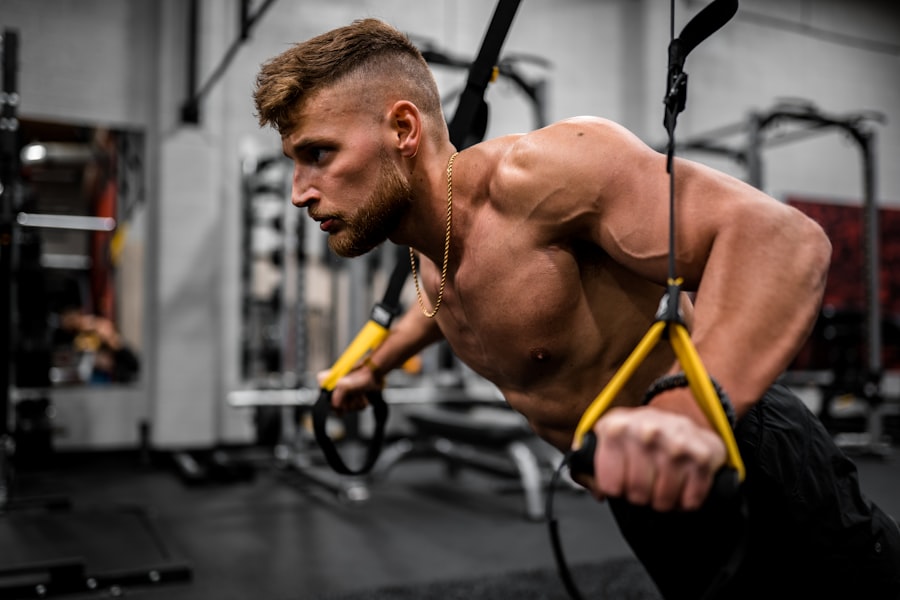
The 1980s produced an array of fashion icons whose styles continue to inspire today’s trends. Madonna emerged as one of the most influential figures of the decade, known for her fearless approach to fashion that combined elements of punk rock with femininity. Her ability to reinvent herself constantly kept her at the forefront of pop culture; each new album release brought with it a fresh aesthetic that captivated audiences.
From her lace gloves to her layered skirts, Madonna’s style was emblematic of an era defined by experimentation and self-expression. Princess Diana also made her mark on 80s fashion, becoming an unexpected style icon through her elegant yet approachable wardrobe choices. Her affinity for tailored suits, chic dresses, and statement accessories resonated with women around the world who admired her grace and poise.
Diana’s ability to blend high fashion with relatable style made her an enduring figure in both royal history and fashion lore. Her influence extended beyond mere aesthetics; she used her platform to challenge societal norms regarding femininity and public life, leaving a legacy that continues to inspire contemporary discussions about women’s empowerment in fashion.
The Evolution of Street Style and DIY Fashion in the 80s
Street style emerged as a powerful force in the 1980s, reflecting the diverse cultural influences that shaped urban environments during this time. As young people sought to express their individuality through clothing, DIY fashion became increasingly popular. Thrift stores and vintage shops flourished as individuals scoured for unique pieces that could be customized or repurposed into something entirely new.
This movement encouraged creativity and resourcefulness, allowing people to curate their own distinct looks without relying solely on mainstream trends. The punk subculture played a significant role in shaping street style during this era, with its emphasis on anti-establishment sentiments manifesting through clothing choices that often featured ripped fabrics, safety pins, and bold graphics. Bands like The Clash and Sex Pistols not only influenced music but also inspired fans to adopt similar styles that rejected conventional norms.
This DIY ethos extended beyond clothing; it encompassed an entire lifestyle that celebrated individuality over conformity. As street style gained traction, it began to influence high fashion designers who sought inspiration from urban environments, leading to a dynamic interplay between grassroots movements and luxury brands.
The Relevance of 80s Fashion in Today’s Society
In today’s society, the relevance of 80s fashion is evident across various platforms—from runways to social media feeds. Many contemporary designers have embraced retro aesthetics as they seek to connect with younger audiences who are drawn to nostalgia-driven trends. The cyclical nature of fashion means that styles from previous decades often resurface; however, the way they are interpreted today reflects evolving cultural values and sensibilities.
For instance, while high-waisted jeans may have originated in the 80s, they are now often paired with crop tops or oversized jackets for a modern twist. Furthermore, the ongoing dialogue surrounding sustainability has led many consumers to seek out vintage clothing as an alternative to fast fashion. Thrift shopping has become not only a practical choice but also a fashionable one as individuals curate unique outfits that pay homage to past styles while promoting eco-consciousness.
This blend of nostalgia and sustainability highlights how 80s fashion continues to resonate with contemporary values—encouraging self-expression while fostering awareness about environmental impact.
Reviving 80s Fashion: How to Incorporate Retro Styles into Your Wardrobe
Incorporating 80s fashion into modern wardrobes can be both fun and rewarding for those looking to add a touch of retro flair to their style. One effective way to achieve this is by investing in key pieces that capture the essence of the decade without overwhelming one’s overall look. High-waisted jeans are an excellent starting point; they can be paired with various tops—from fitted turtlenecks to oversized graphic tees—allowing for versatility while maintaining an authentic 80s vibe.
Accessories play a crucial role in reviving retro styles as well. Chunky jewelry, such as statement earrings or layered necklaces, can elevate even the simplest outfits while paying homage to iconic trends from the past. Additionally, incorporating bold colors or patterns—think neon shades or animal prints—can instantly transform an ensemble into something reminiscent of 80s aesthetics without feeling dated.
Mixing vintage finds with contemporary pieces allows individuals to create unique looks that celebrate both nostalgia and modernity.
Nostalgia and the Resurgence of 80s Fashion in Pop Culture
Nostalgia has become a powerful force driving the resurgence of 80s fashion within pop culture today. Television shows like “Stranger Things” have not only captured audiences’ imaginations but also reignited interest in the styles prevalent during that era. Characters’ wardrobes filled with scrunchies, acid-wash denim jackets, and oversized sweaters have inspired viewers to revisit these trends in their own lives.
This revival is not limited to television; films set in or inspired by the 80s continue to emerge, further embedding these styles into contemporary consciousness. Social media platforms have amplified this nostalgia-driven trend by providing spaces for users to share their interpretations of 80s fashion through hashtags like #ThrowbackThursday or #RetroStyle. Influencers often curate outfits that blend vintage pieces with modern elements, showcasing how these styles can be adapted for today’s audience while celebrating their historical significance.
This interplay between nostalgia and innovation creates a dynamic environment where past trends are reimagined for new generations eager to explore their identities through fashion.
The Future of 80s Fashion: Predicting Trends and Influences for the Next Decade
As we look toward the future, it is likely that elements of 80s fashion will continue to influence upcoming trends in significant ways. The ongoing interest in sustainability may lead designers to explore vintage-inspired collections that prioritize eco-friendly materials while embracing retro aesthetics. This could manifest in innovative designs that pay homage to iconic silhouettes while incorporating modern technologies aimed at reducing environmental impact.
Additionally, as discussions surrounding gender fluidity gain traction within society at large, we may see further exploration of androgynous styles reminiscent of those popularized during the 80s punk movement. Designers may draw inspiration from this era’s willingness to challenge traditional gender norms through clothing choices—creating collections that celebrate diversity while pushing boundaries within contemporary fashion narratives. Ultimately, while trends may evolve over time, the spirit of creativity and self-expression that defined 80s fashion will likely remain relevant for years to come.
